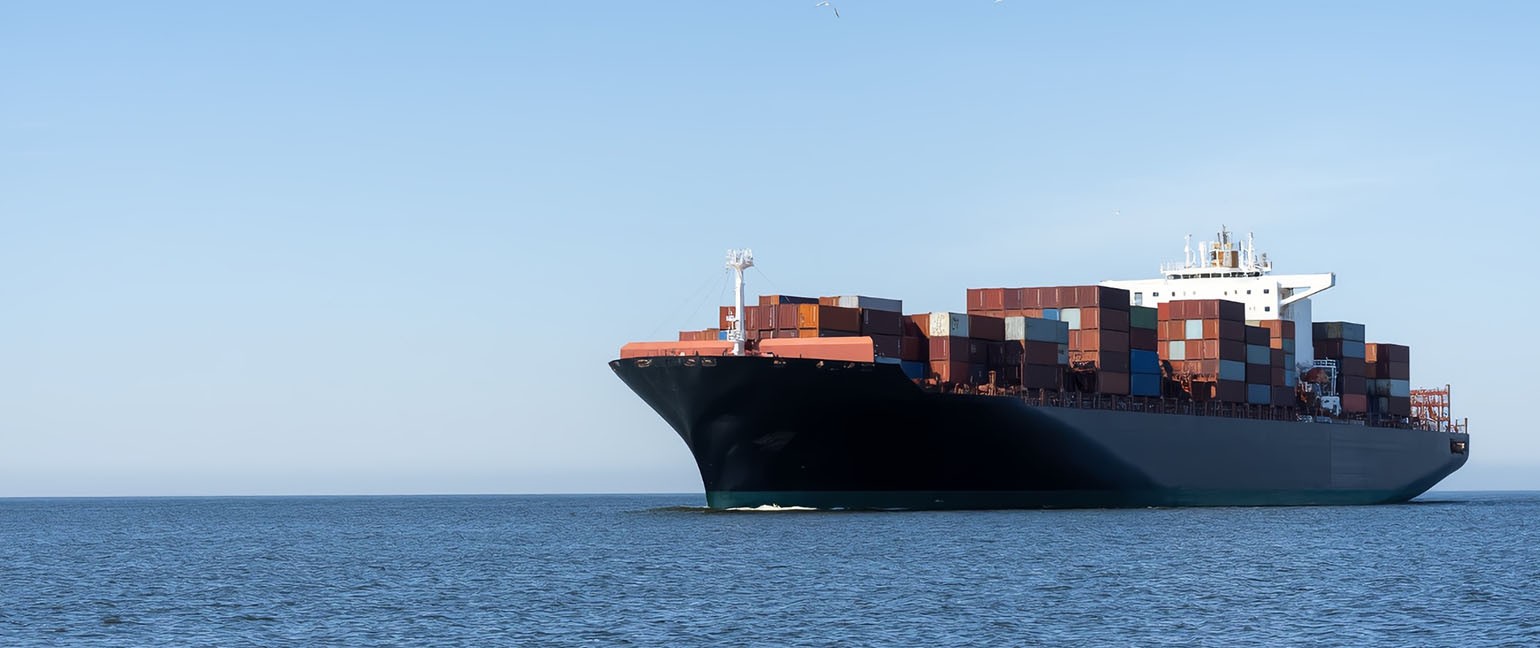I. Main Applications of Nitrogen in Marine Transportation
1.Preservation and Corrosion Protection
• Cargo Protection: Nitrogen (N₂), an inert gas, is used to fill cargo holds or containers, isolating oxygen to prevent oxidation and spoilage of goods (e.g., grains, fruits, meat), extending their shelf life.
• Equipment Anti-Corrosion: Injecting nitrogen into fuel tanks, ballast water chambers, and other metallic spaces inhibits oxidative corrosion, reducing rust and prolonging the vessel’s lifespan.
2.Safety and Risk Mitigation
• Explosion and Fire Prevention: When transporting flammable substances (e.g., oil, natural gas, chemicals), nitrogen blankets the liquid surface to lower oxygen concentration, preventing volatile gas combustion or explosions.
• Inert Gas Environment: In liquefied natural gas (LNG) transportation, nitrogen replaces oxygen in cargo holds to avoid methane-air mixtures and explosion risks.
3.Environmental Control
Humidity Control: Dry nitrogen replaces humid air to prevent damage to cargo caused by moisture (e.g., electronics, precision instruments).
II. Advantages of On-Site Nitrogen Generation Systems as Nitrogen Sources
1.Enhanced Safety
• Eliminated Storage Risks: Unlike liquid nitrogen or high-pressure cylinders, on-site systems avoid leakage or explosion hazards, reducing safety risks.
• Stable Supply: Continuous 24/7 operation ensures uninterrupted nitrogen flow, preventing cargo damage or accidents due to supply disruptions.
2.Flexibility and Adaptability
Customizable Purity: Systems adjust nitrogen purity (90%-99.5%) to match specific applications (e.g., low purity for corrosion protection, high purity for food preservation).
3.Environmental and Sustainability Benefits
Pollution-Free: Air separation produces no harmful byproducts, minimizing environmental impact.
4.Space and Weight Efficiency
• Compact Design: Modular equipment fits constrained vessel spaces.
• Lightweight: Eliminating stored liquid nitrogen or cylinders reduces vessel load, improving fuel efficiency.
III. Typical Application Scenarios
• Oil Tankers/Chemical Tankers: Nitrogen blankets cargo tanks to suppress hydrocarbon vaporization and explosion risks.
• Refrigerated Ships: Liquid nitrogen cooling or atmosphere control preserves perishable goods during cold chain transportation.
• Bulk Cargo Ships (e.g., Grain Transport): Nitrogen injection inhibits respiration of cargo, preventing growth of mold.
• LNG/LPG Vessels: Nitrogen replaces oxygen in cargo holds to ensure safe transportation.
On-site nitrogen generation system offers high safety, flexibility, and environmental compatibility, overcoming the critical challenges in marine nitrogen supply. They are becoming standard technology for modern vessels, particularly for long-haul and high-risk cargo transportation.



